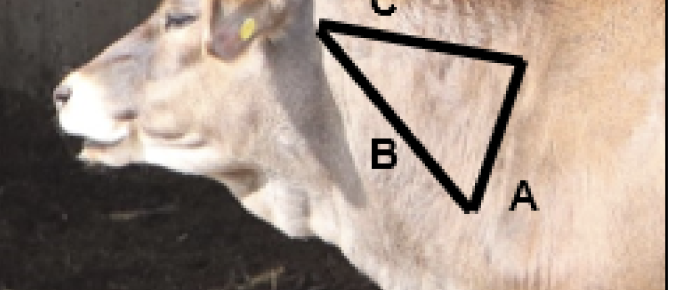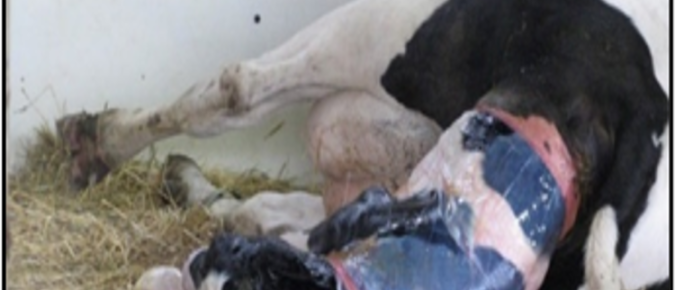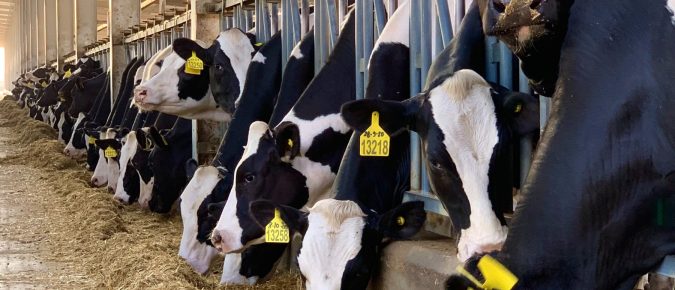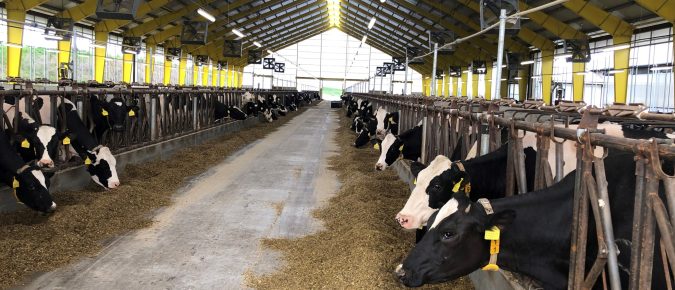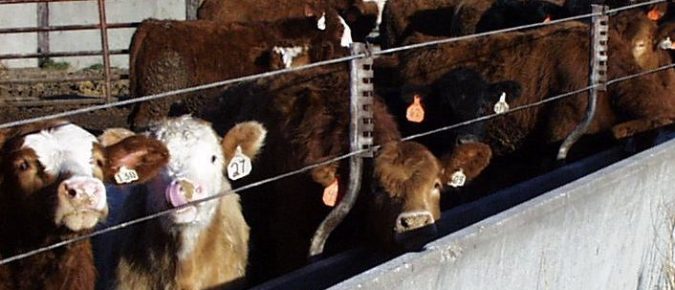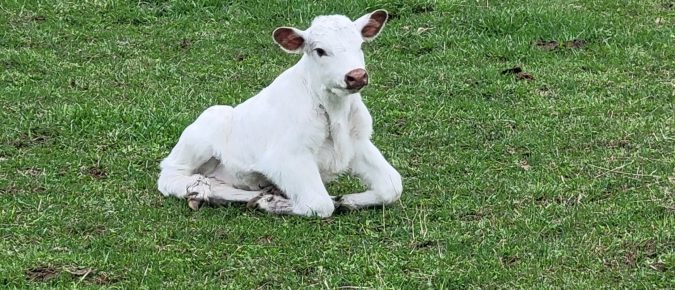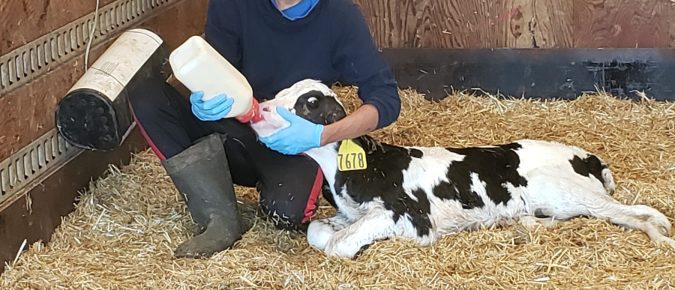Clinical and subclinical ketosis are the most common metabolic disorder in high-producing dairy cows, costing up to $289 per case. According to the University of Wisconsin School of Veterinary Medicine, 93% of ketosis cases occur between 5 and 30 days post-calving.
In the increasing discussions about how to address climate change there are conflicting claims about the need to address methane (CH4) emissions. Some people argue that methane emitted by cows is a primary cause of climate change. Others argue that methane from beef and dairy production is not of much concern because of its relatively short duration in the atmosphere.
Using proper injection techniques for animal health products, including reproductive hormones, helps ensure products work effectively. In addition, it is important to safely handle animals and health products to protect both farm workers and animals.
Corn silage is a key forage fed to lactating dairy cows in Wisconsin. Upgrading the nutritional value of corn silage could maximize the consumption of dry matter or increase the energy density of the diet.
Properly cleaning, sanitizing, and storing multi-dose syringes and transfer needles will reduce contamination from many viruses, bacteria, and fungi. The steps described here use only tap and distilled or deionzed (purified) water and do not render the equipment sterile.
Maintaining a successful reproductive program in our modern dairy and beef operations requires dedication. While it is rewarding to hear a pronouncement of pregnancy, there is not much the manager can do with that information, except wait.
Something that is constantly on the mind of dairy producers, no matter how small or large the farm, is the cost of production. Feed is the largest input cost on the dairy, making efficiency with feed bunk management a priority for all dairy farm managers.
Starch digestibility varies greatly within and among feedstuffs and thus, evaluating starch digestibility is essential for satisfactory diet formulation, nutritional management, and income over feed costs. Commercial laboratories that offer feed analysis have multiple options to measure starch digestibility of feeds and forages, and fecal starch is one of these options.
Shopping for deals and managing inventory are two ways to lower livestock drug costs. Have you ever been confused by the different brands available? How do you know which is the better buy?
Green is my favorite color. Green tree buds, lawns, and pastures signal that winter is finally over. It’s very tempting to turn young stock out onto newly green pasture. We are tired of indoor feeding and cleaning, and we have fieldwork and other chores to attend to. However, tempting as it is to open the pasture gate, first remember these worm management steps.
There are times when cattle producers need to come to the aid of a downed animal. Daily observations should identify cattle that are unable to stand and there must be a plan in place for how to quickly respond to help these animals.
Bovine colostrum is the production of “first milk” from the mammary gland in the 24 hours after calving and it is the first source of nutrients for the calf. All female mammals produce it, and, in all species, it is of great importance, since it provides key antibodies, or immunoglobulins, to jump-start the immune system and determine whether the offspring survive or not.



